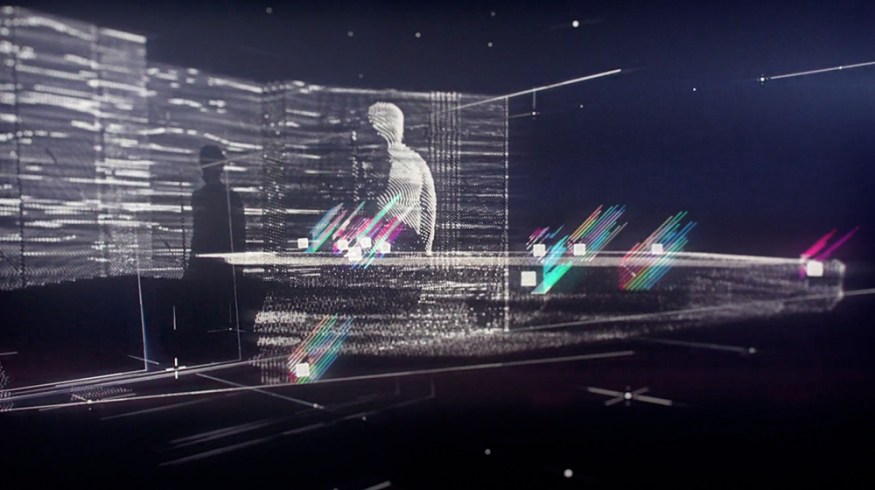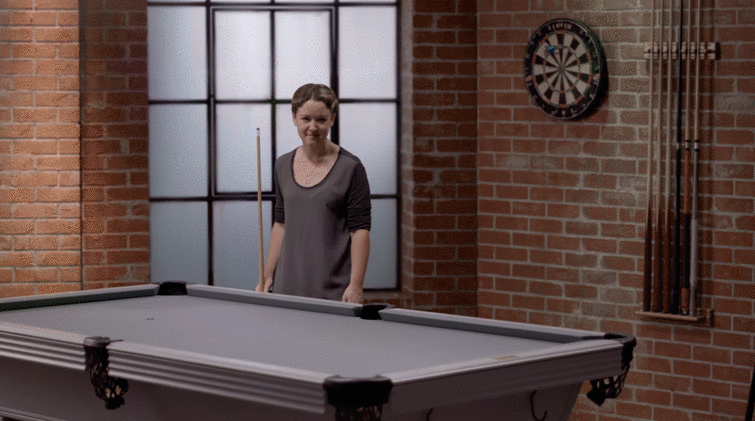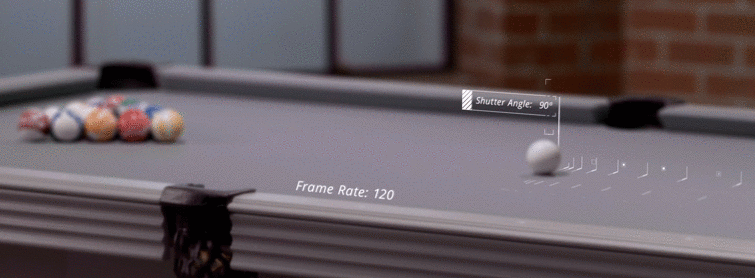
This Technology Is Going to Change Filmmaking Forever
The tech behind the Lytro Cinema Camera spells the end of the green screen, fixed shutter speeds, static depth of field, frames per second, and focusing.
It seems like there’s a new technology every week that promises to “change” the filmmaking world in a significant way. Most of these products fall short, but one newly announced product will most certainly change the way filmmakers tell their stories: the Lytro Cinema Camera.
The camera, created by Lytro, uses light field technology to analyze pixels for their color, value, distance, and lighting direction. This video sums it up nicely:
The End of Green Screen
Currently if you want to cut your subject out of the background, you have to do one of two things — rotoscope your subject out frame by frame, or shoot with a green screen and key the green out in post.
Neither option is great, and video producers and VFX artists often find themselves limited when working under these circumstances — but the Lytro Cinema Camera offers something new. No longer do you have to key out your background based on color or value; you can now use distance as a way to remove your background.
Using the Lytro Cinema Camera, you can tell your computer to remove any pixel information farther than fifteen feet away from the camera. This will open up a world of possibilities in both keying and lighting. Users can now shoot their subjects in realistic lighting scenarios without having to worry about “spillage.”
No More Focusing — Seriously
A frame recorded on a camera is a static image that’s played back at 24 or 30 frames per second. The camera converts the pixel information into images as it records (unless you’re shooting in RAW). Because of this, users must get perfect focus on set. This can lead to take after take, especially if your actors have multiple marks to hit.
Essentially we have a virtual camera that can be controlled in post-production.
However, Lytros Cinema Camera technology allows you to select and keyframe your focus in post. No more focus pulling, no more blown shots. Simply compose your shot and focus in post. This will allow the production to focus more on the actors performance and less on the assistant camera hitting their marks.
Let’s take a look at the workflow for working with images from the Lytro:
You Can Change Depth of Field
Depth of field is created through a combination of f-stop, focal length, and sensor type. As it stands right now, users can only record a specific depth of field when on set, with very little control over depth of field in the editing bay. If you sit down to edit your project and the depth of field is too shallow, well, you’re out of luck. But the Lytro Cinema Camera (and light field technology in general) is going to change all of this.
Using the Lytro Cinema Camera, users can adjust the size of their depth of field in post. Specifically this will allow editors to control what is in focus and out of focus, along with the size and shape of the out-of-focus bokeh.
Adjustable Shutter Speed and FPS
Needless to say, frame rate and shutter speed are important components of the filmmaking process. Most films are shot at 24fps, but using a process referred to as High Bandwidth Mode, users can adjust both the frame rate and shutter speed of their video in post, as long as it is less than 300fps. This will have huge implications for people who want to control their motion blur in post.
When Can I Use It?
You probably won’t be using a Lytro Cinema Camera in the near future. Rental packages for the Lytro Cinema Camera start at $125K, so it’s safe to say that only high-end VFX companies will be using this technology for now. However, If you’ve ever wanted to dip your toes into the exciting world of light field photography, you can actually purchase a Lytro Illum for around $400.
Ryan Koo of No Film School sat down with Jon Karafin, the head of Lytro, to discuss the Lytro Cinema Camera workflow and other related topics. If you’re into camera technology — even in the slightest — this is a must-watch video.
I also recommend checking out Lytro gallery where artists from around the world are showcasing their light field photography work.
What are your thoughts on the Lytro Cinema Camera? Is it going to change everything? Share your opinions on the comments below.







